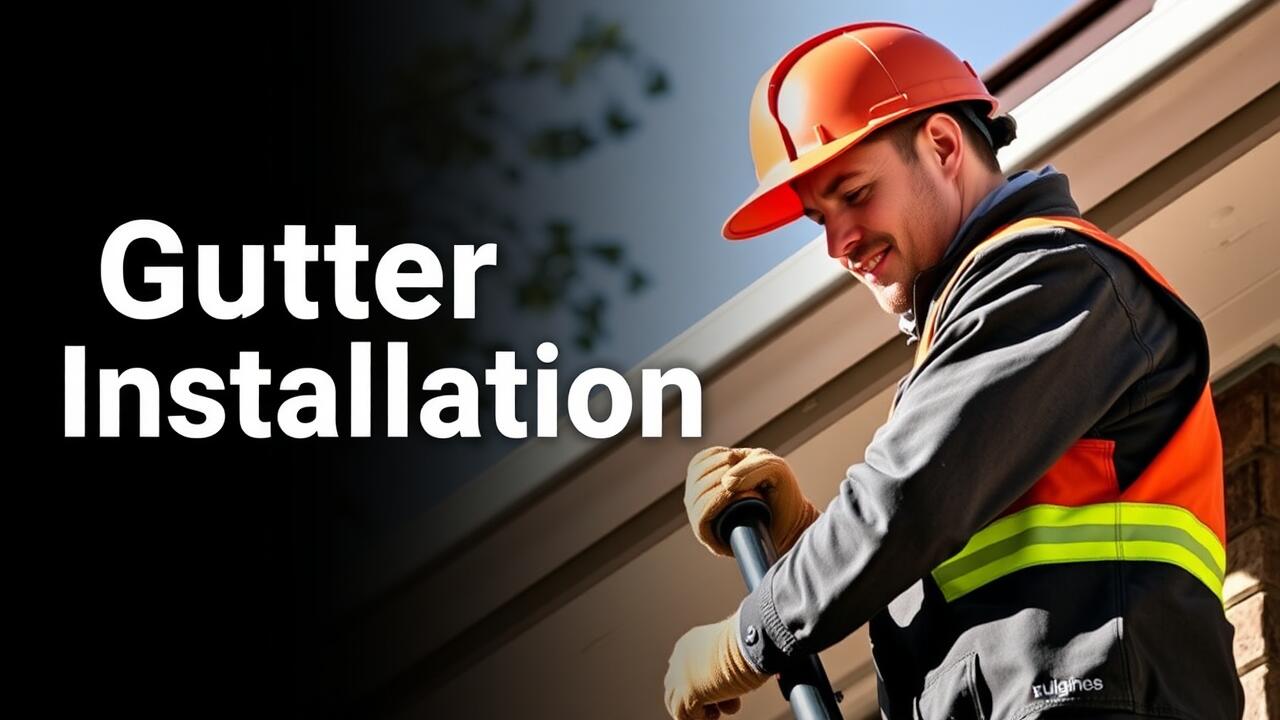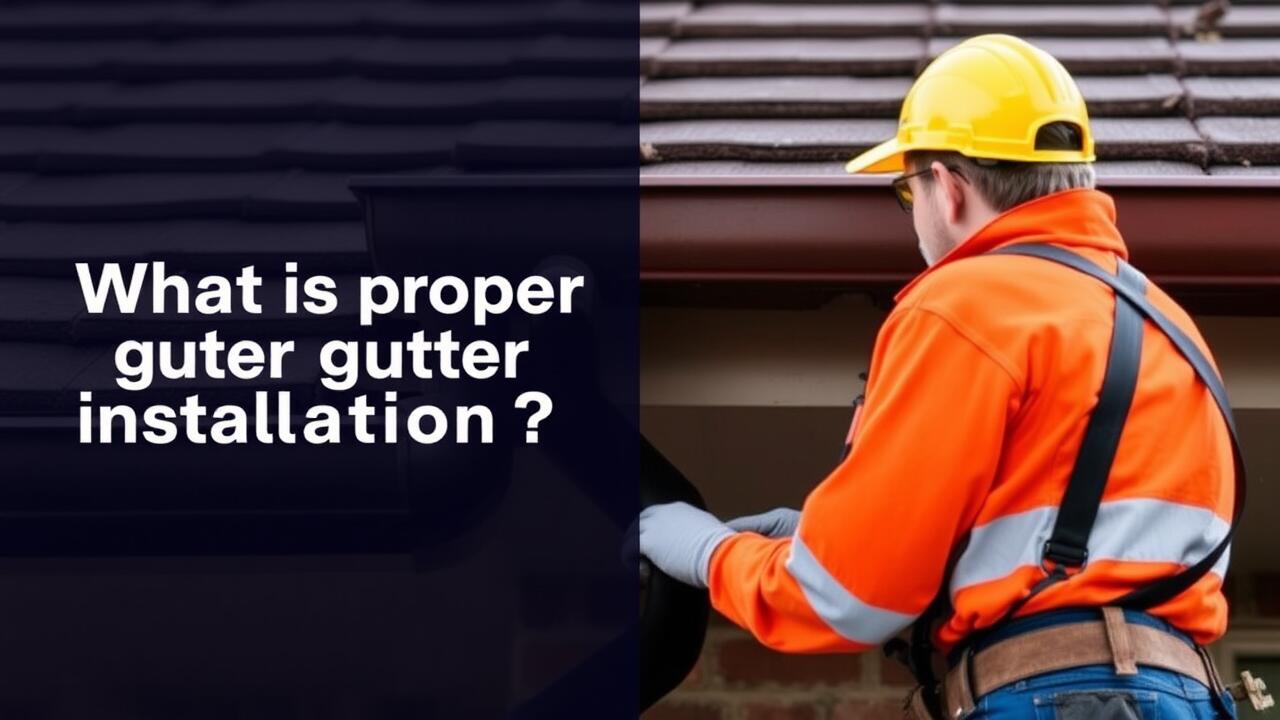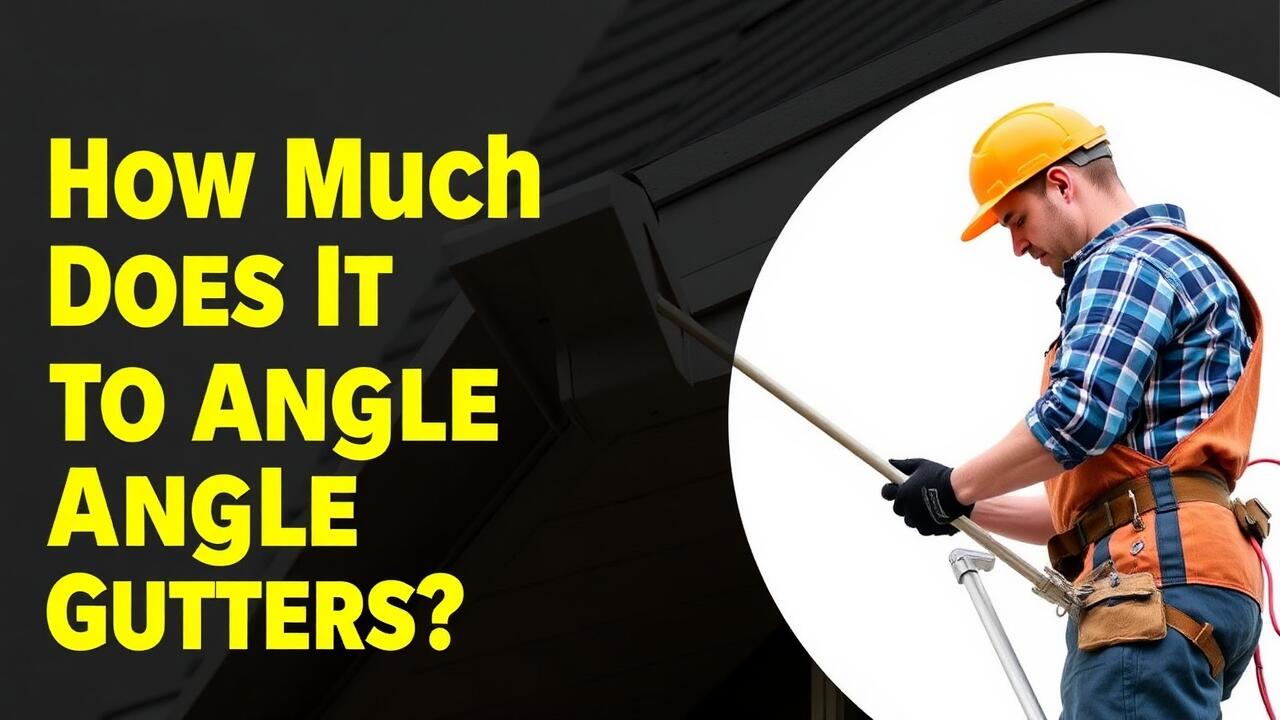
Common Gutter Materials and Their Costs
When considering gutter installation, homeowners often choose from several common materials, each varying in cost and longevity. Vinyl gutters are among the most affordable options, priced around $3 to $5 per linear foot, making them a popular choice for budget-conscious homeowners. Aluminum gutters, which are more durable and rust-resistant, range from $6 to $12 per linear foot, providing a balance of cost and longevity. Copper gutters stand out for their aesthetic appeal and lifespan, typically costing between $15 and $25 per linear foot, but their higher price can be a significant consideration.
The choice of material for Gutter Installation in Beacon Hill, Seattle, can also impact installation costs. Labor charges may vary based on the complexity of the installation and the type of materials used. Seamless gutters, which are often preferred for their reduced leakage potential, can range from $8 to $15 per foot, depending on the material selected. Additionally, while wood gutters offer a distinctive look, they are expensive, usually costing upwards of $20 per linear foot, and require regular maintenance to prevent deterioration. Each material’s unique properties further influence the overall investment in gutter systems.
Pros and Cons of Each Material
When considering the various materials for gutters, aluminum is a popular option due to its lightweight nature and resistance to rust. It's available in a wide range of colors, making it easy to match with different home styles. However, while aluminum gutters are generally cost-effective, they can bend or dent more easily than other materials. In contrast, stainless steel gutters offer exceptional durability and strength, making them ideal for areas with heavy rainfall. Nonetheless, the higher upfront cost can be a significant drawback for some homeowners.
Vinyl gutters provide an affordable and easily installed solution, especially for DIY enthusiasts. They are resistant to corrosion and don’t require much maintenance. However, extreme temperatures can cause vinyl to warp or become brittle. Copper gutters are the pinnacle of luxury and longevity, developing a beautiful patina over time. Yet, the installation of copper gutters is on the expensive side, which can deter budget-conscious homeowners. Understanding these pros and cons is essential for those considering gutter installation in Capitol Hill, Seattle.
Seasonal Timing and Its Effect on Pricing
The timing of gutter installation can significantly influence overall costs. In peak seasons, particularly spring and fall, contractors may charge higher rates due to increased demand. Homeowners looking to install gutters during these busy months may also encounter longer wait times for service. Conversely, off-peak seasons, like winter and late summer, often see lower prices and greater availability of skilled labor. This can make scheduling more convenient and budget-friendly.
Gutter installation in Capitol Hill, Seattle, is especially affected by seasonal weather patterns. Rainy months may lead to higher urgency for installation, prompting homeowners to pay a premium for quick service. On the other hand, dry periods present an opportunity to negotiate better rates with contractors who might seek work during slower times. Understanding local weather trends can help homeowners plan their installations strategically to save money while ensuring their homes are protected from the elements.
Best Times to Install Gutters
Scheduling gutter installation during the late spring or early fall is often ideal. These seasons typically provide more stable weather conditions. Reduced rainfall and moderate temperatures make installation easier for contractors. Homeowners can avoid the rush of winter storms and ensure their gutters function effectively when heavy rains arrive.
In regions like Capitol Hill, Seattle, the timing can be critical due to the wet climate. Planning ahead allows homeowners to assess their drainage needs and get materials without delay. Additionally, fewer installations take place during these months, which often leads to more competitive pricing. Taking this approach can contribute to a smoother experience and a longer-lasting gutter system.
Maintenance Costs After Installation
After the installation of gutters, ongoing maintenance is essential to ensure their efficiency and longevity. Regular inspections help identify issues like debris buildup, which can cause clogs and lead to water damage. Cleaning gutters twice a year is often recommended, with professional services costing between $70 to $250, depending on the size of the home. Homeowners should also budget for minor repairs, such as replacing brackets or sealing leaks, which can add to overall maintenance costs.
Gutter Installation in Capitol Hill, Seattle, may entail unique considerations due to the local climate and foliage. During heavy rain or windstorms, gutters can sustain wear and tear that requires attention. Investing in quality materials may reduce long-term maintenance expenses, but being proactive about repairs will further protect the property. Homeowners should plan for these costs as part of their overall budget to ensure their gutters remain functional and effective.
Budgeting for Future Repairs
Planning for future repairs is an essential part of managing your gutter system. Regular inspections and timely maintenance can significantly extend the life of your gutters. Homeowners should factor in these potential costs to ensure they are financially prepared for any necessary repairs. The type of material used for gutter installation can impact long-term expenses, as some materials are more prone to damage and require more frequent attention.
In Capitol Hill, Seattle, the weather can also influence maintenance needs. Frequent rainfall and debris from nearby trees may increase the frequency of gutter cleanings and repairs. Budgeting for future repairs should include an estimate for these recurring costs to avoid financial strain. Recognizing that gutter installation in Capitol Hill, Seattle, may come with specific challenges can help homeowners allocate their resources more effectively.
FAQS
What factors influence the cost of gutter installation?
The cost of gutter installation can be influenced by several factors, including the type of material used, the size and layout of the house, local labor costs, and any additional features such as gutter guards or downspouts.
How much do different gutter materials typically cost?
The cost of gutter materials can vary significantly. For example, vinyl gutters are generally the most affordable, ranging from $3 to $5 per linear foot, while metal gutters, such as aluminum or copper, can range from $6 to $20 per linear foot, depending on the type and finish.
When is the best time to install gutters?
The best time to install gutters is typically in the spring or fall when the weather is mild and dry. This timing helps avoid potential issues related to winter weather or summer storms, which can complicate installation.
What are some common maintenance costs I should consider after gutter installation?
Common maintenance costs after gutter installation can include routine cleanings, which may range from $100 to $300 depending on the size of the home and the frequency of services, as well as potential repairs for damage caused by debris or weather events.
How can I budget for future gutter repairs?
To budget for future gutter repairs, it’s advisable to set aside a small percentage of the installation cost each year, typically around 5-10%. Additionally, keeping an eye on the condition of your gutters and addressing small repairs promptly can help prevent larger expenses down the line.



